What you do outside the gym matters just as much as what you do inside the gym. And yes, this means taking a rest day when you need it.
While you might feel guilty about taking a day off, a rest day doesn’t necessarily mean lying on the couch doing nothing. There are many ways to promote recovery outside of the gym, which also helps improve your performance in the gym. In this article, we take a closer look at the importance of recovery and how you can recover better than ever before.
Why is Recovery Important?
Adequate recovery is crucial for maintaining (and improving) your performance, avoiding injuries, and ensuring you don’t overburden the body. This is the reason why many individuals choose to have different workout days that focus on different muscle groups. For instance, someone may focus on the upper body one day, then the lower body the next. This gives each muscle group some time to recover.
Research even indicates the importance of a proper recovery routine for overall athletic performance. Thus, finding an optimal balance between training and recovery that works for you is key to making strides forward.
At the same time, taking full rest days is vital to maintain motivation and discipline when it comes to working out. Simply put, it gives your body and mind a much-needed break. And, as previously mentioned, taking a rest day doesn’t mean doing nothing; There is a lot you can do to promote better recovery and performance—That way when you hit the gym next, you’re able to punch out some personal bests.
How You Can Recovery Better
So, what can you do to improve your recovery? Well, as we said above, there are lots of options, as outlined below. Experiment and find a routine that works for you!
1. Walk It Off
Walking is a wonderful way to reduce muscle soreness and stiffness, as well as promote circulation. And it doesn’t take much. Go for a couple of 10-minute walks a day, such as walking around the block after breakfast, lunch, and dinner (This can also help regulate blood sugar levels!).
This can even work wonders right after your workout by helping improve blood flow and clear byproducts produced during exercise from the muscle tissue. This may, then, lead to less muscle soreness or pain in the following days.
2. Try Foam Rolling
Got tight muscles? Is it hard to move your joints? Foam rolling might help!
Studies indicate that foam rolling post-exercise may help reduce DOMS (Delayed Onset Muscle Soreness). Plus, it’s really easy to do; With a foam roller, lay it perpendicular to the body part you wish to “roll out.” For instance, if you intend to foam roll your hamstrings, the foam roller should be perpendicular to your leg. Position yourself on top of the foam roller and gently roll back and forth for about 30 seconds to one minute on each tender point. This should help relieve tenderness, soreness, and stiffness.
If pain significantly increases (and it doesn’t feel like a “good” or “releasing” pain), stop this recovery technique immediately. We never want to do more harm than good!
3. Use Heat and Cold Therapy When Needed
Both heat and cold therapy have their place in recovery routines. Heat can help relieve tension and soreness, helping you relax. Meanwhile, cold may help reduce inflammation and pain post-workout. Most experts don’t recommend using cold immediately after a strength training workout since this may actually hinder muscle gains. Yet, you can use it the following day.
Some may also choose to do contrast therapy. This is where you move between hot and cold, such as taking a cold shower and then applying heat to the sore areas or sitting in a sauna.
4. Stretch
Stretching, or yoga, is an effective way to elongate muscle tissue and release tension or tightness. This is a routine you can add to the end of your workout or use on recovery or rest days. Basically, all it requires is stretching any muscles worked that feel tight. Each stretch should be held for at least 30 seconds to truly reap the benefits.
5. Focus on Fuelling Your Body Properly
We often debate the best pre-workout and post-workout meals or snacks. However, rest days also require mindfulness and attention when it comes to what you put in your body. Each meal or snack should contain about 30 grams of protein and adequate carbohydrates. Most of these nutrients should, ideally, come from whole foods, like vegetables, fruit, dairy products, and meat, since these types of foods also contain important micronutrients for recovery and health.
6. Stay Hydrated
Not drinking enough water can actually hinder your body’s ability to recover and your muscle's ability to repair and rebuild. Make sure you drink adequate water on your rest days and post-workout. Aim to drink about eight to nine glasses of water and limit alcohol to avoid dehydration.
7. Get a Massage
Research shows that a post-workout massage can significantly improves DOMS by up to 13%. Massage promotes recovery by improving blood flow, clearing exercise byproducts, reducing tension, decreasing pain, and breaking down any adhesions or scar tissue. It’s recommended to look for a deep tissue massage or sports massage for the best outcomes.
8. Prioritize Sleep
Sleep is one of the most underrated tools for better health and recovery. Researchers suggest that sleep deprivation may decrease the activity across protein synthesis pathways, leading to reduced muscle mass and reduced recovery capabilities. Sleep, particularly during the REM sleep stage, releases the growth hormone which guides muscle repair and growth. If we don’t get enough sleep, we can significantly impact our ability to build muscle or get stronger.
Most adults require at least seven to nine hours of quality sleep a night. This often means getting to bed by 10 pm so that you can obtain an adequate amount of sleep before work or sunrise the following day.
9. Consider Using Compression Garments
Many elite and professional athletes opt for compression garments to aid recovery. A small 2019 study indicated that wearing compression garments significantly lowered recovery time in German handball athletes. Yet, more studies need to be done to solidify the effectiveness of their use. At the same time, compression garments do help enhance blood flow, which can be beneficial for recovery post-workout.
Create Your Recovery Routine Today!
Use the above tips to determine what works well for you, so you can get back in the gym performing at your very best. While it may vary as to what recovery techniques you use, sleep, hydration, and nutrition are almost not up for debate as physiologically, we need adequate nutrition and sleep to build muscle and perform well in the gym. Remember, recovery matters just as much as hitting your numbers on the squat rack or bench press!


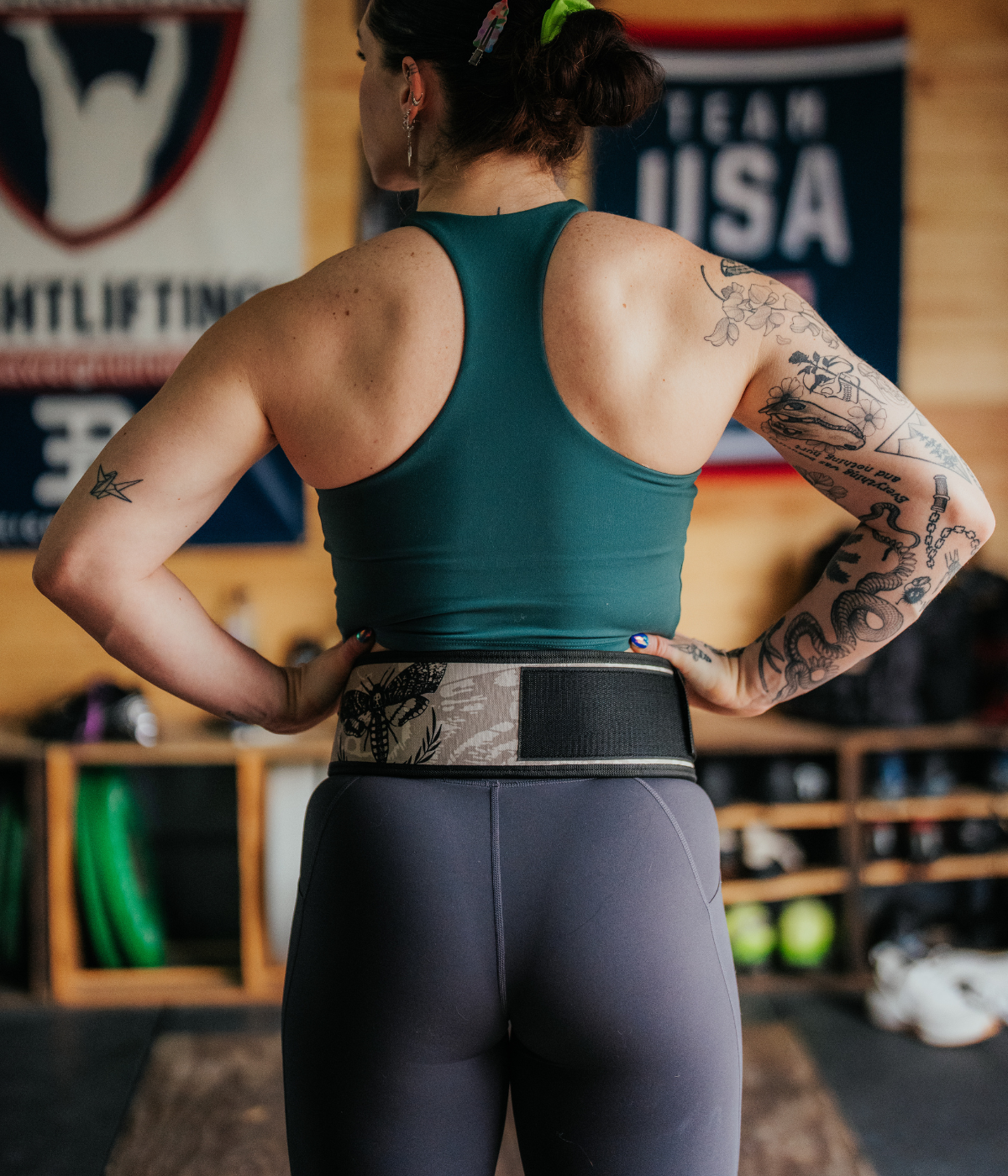
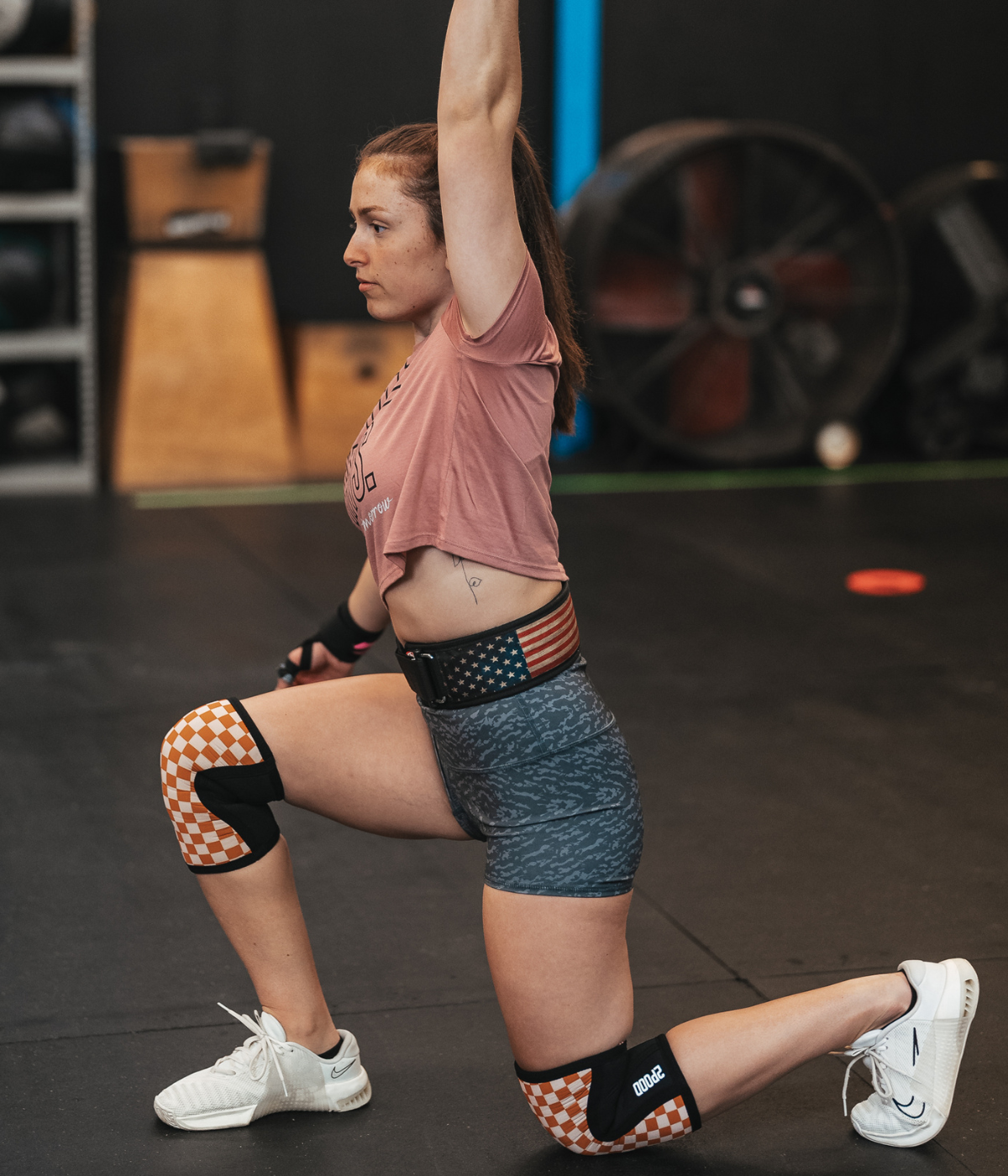
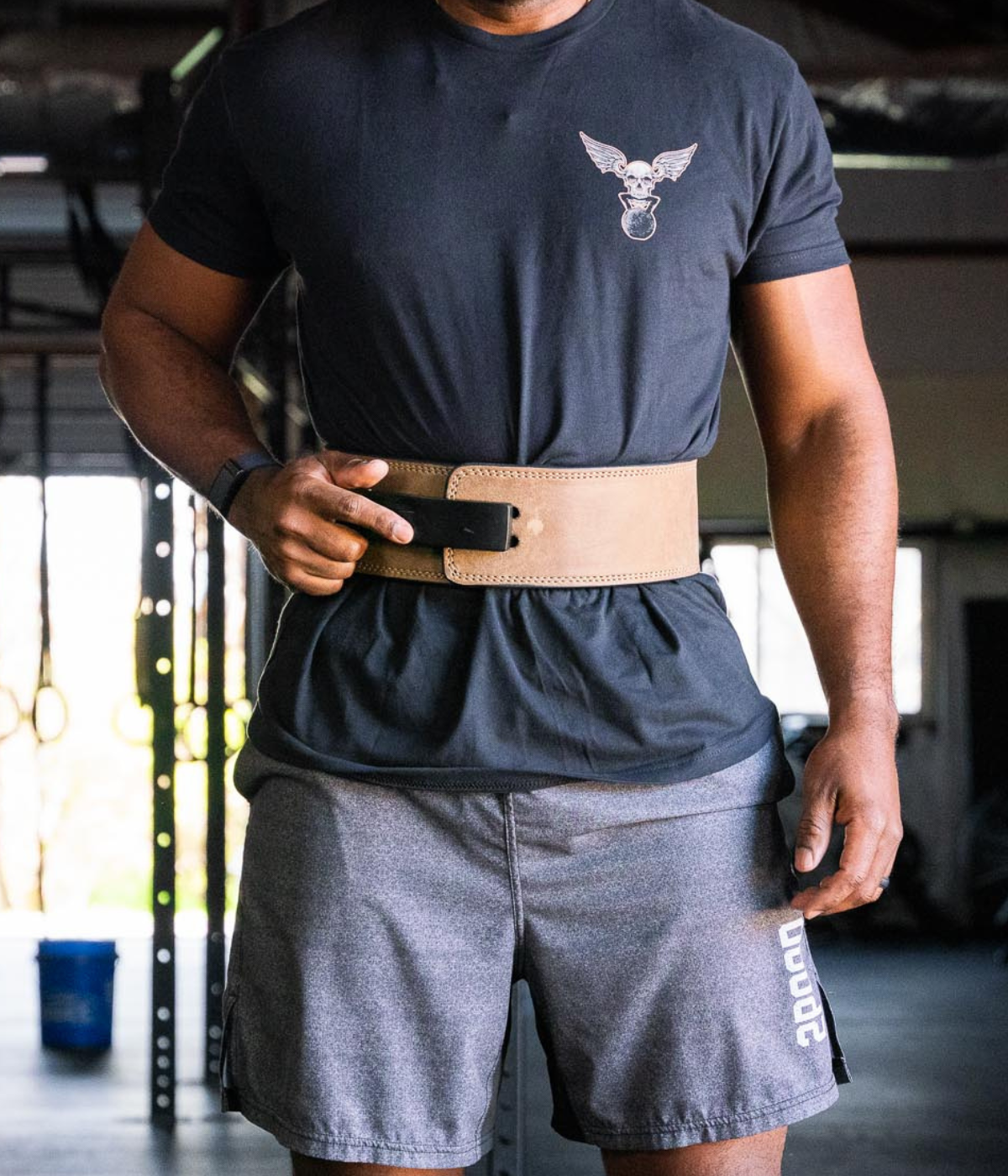
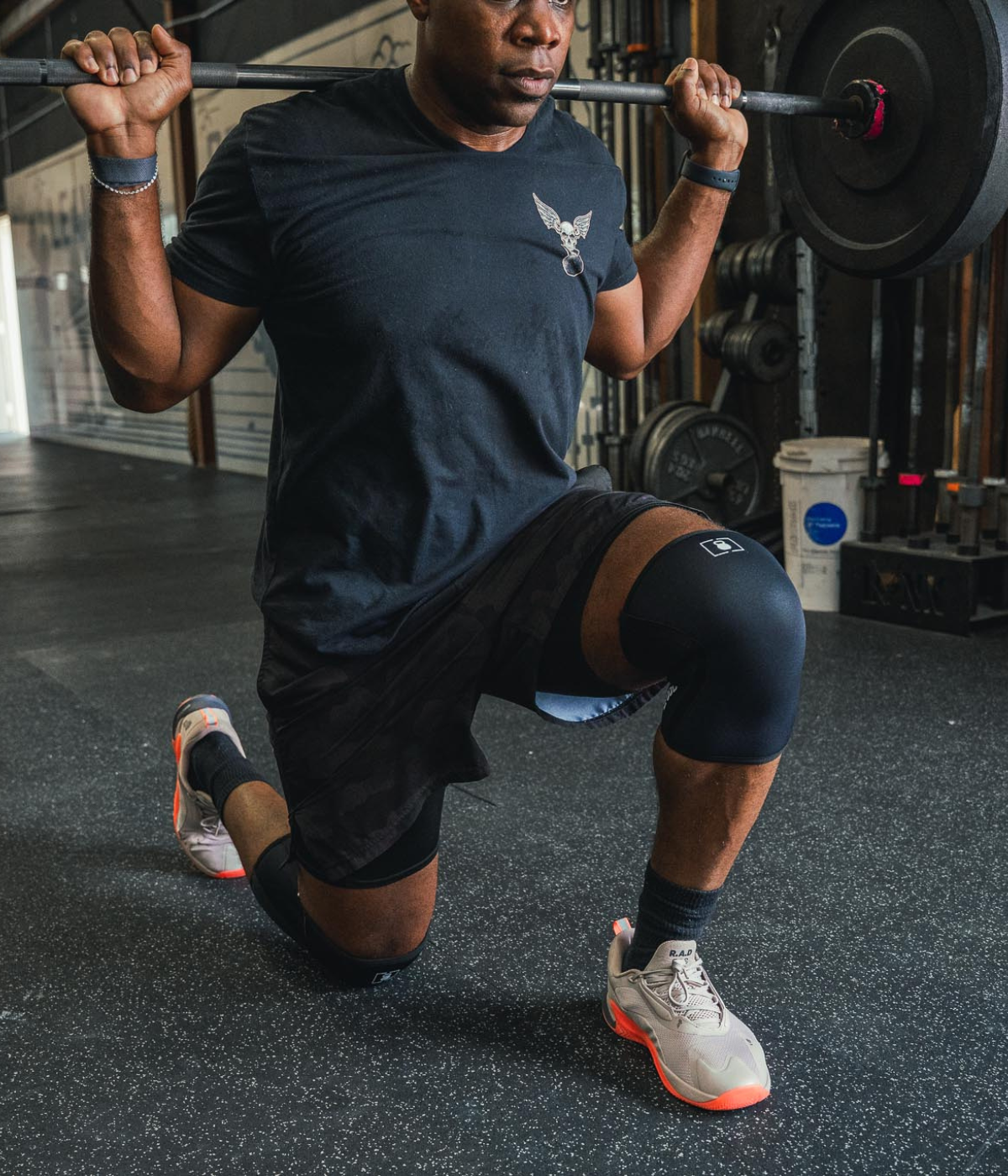
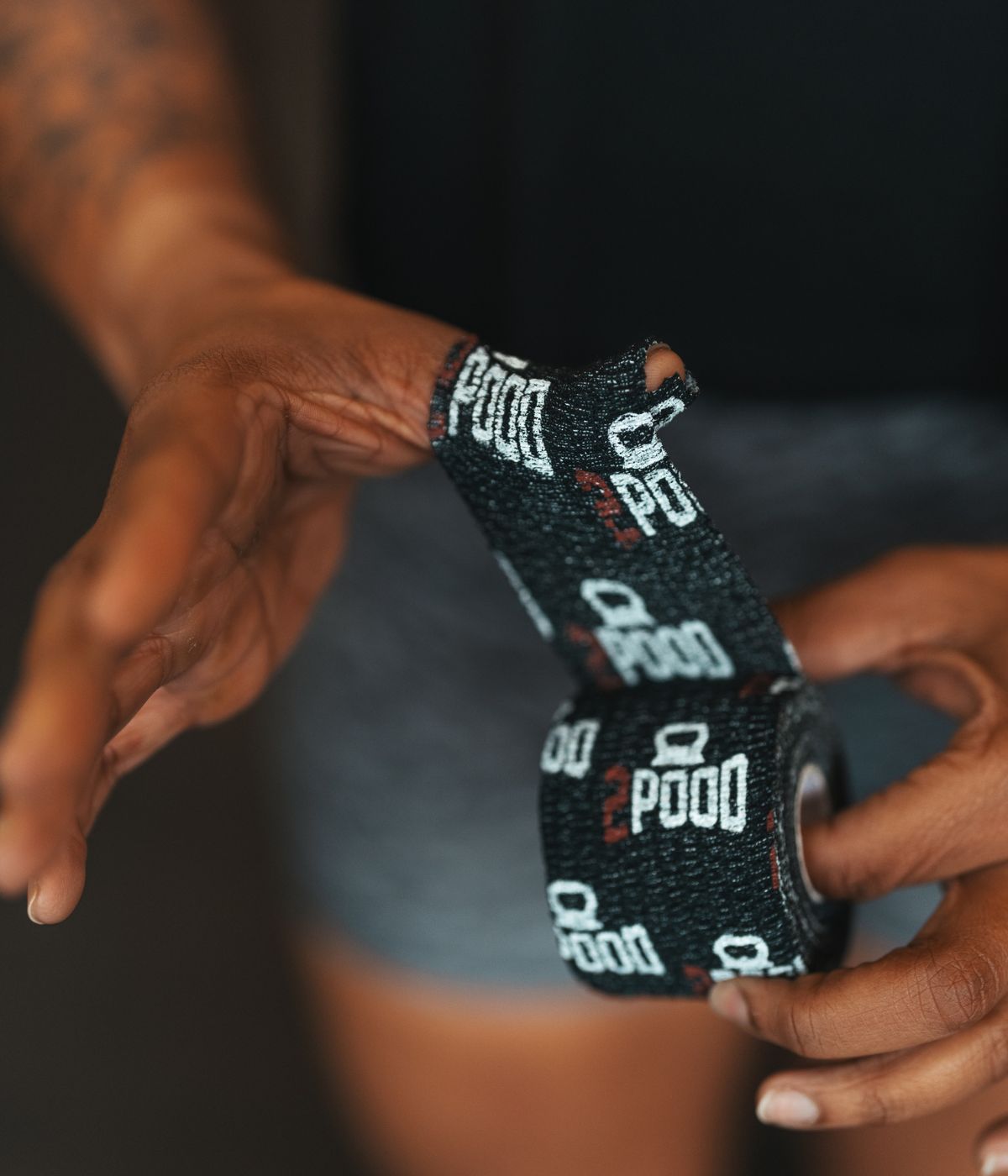
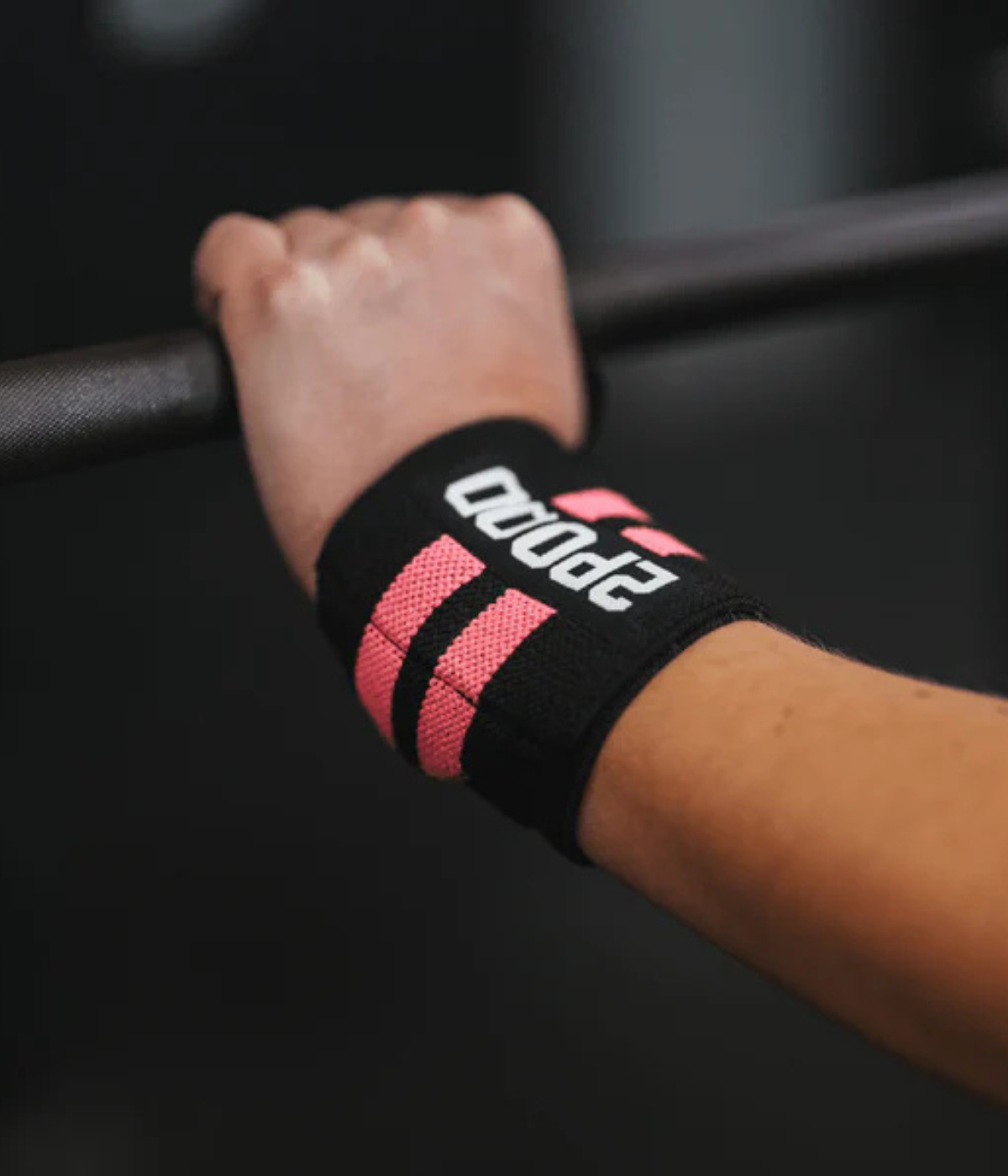

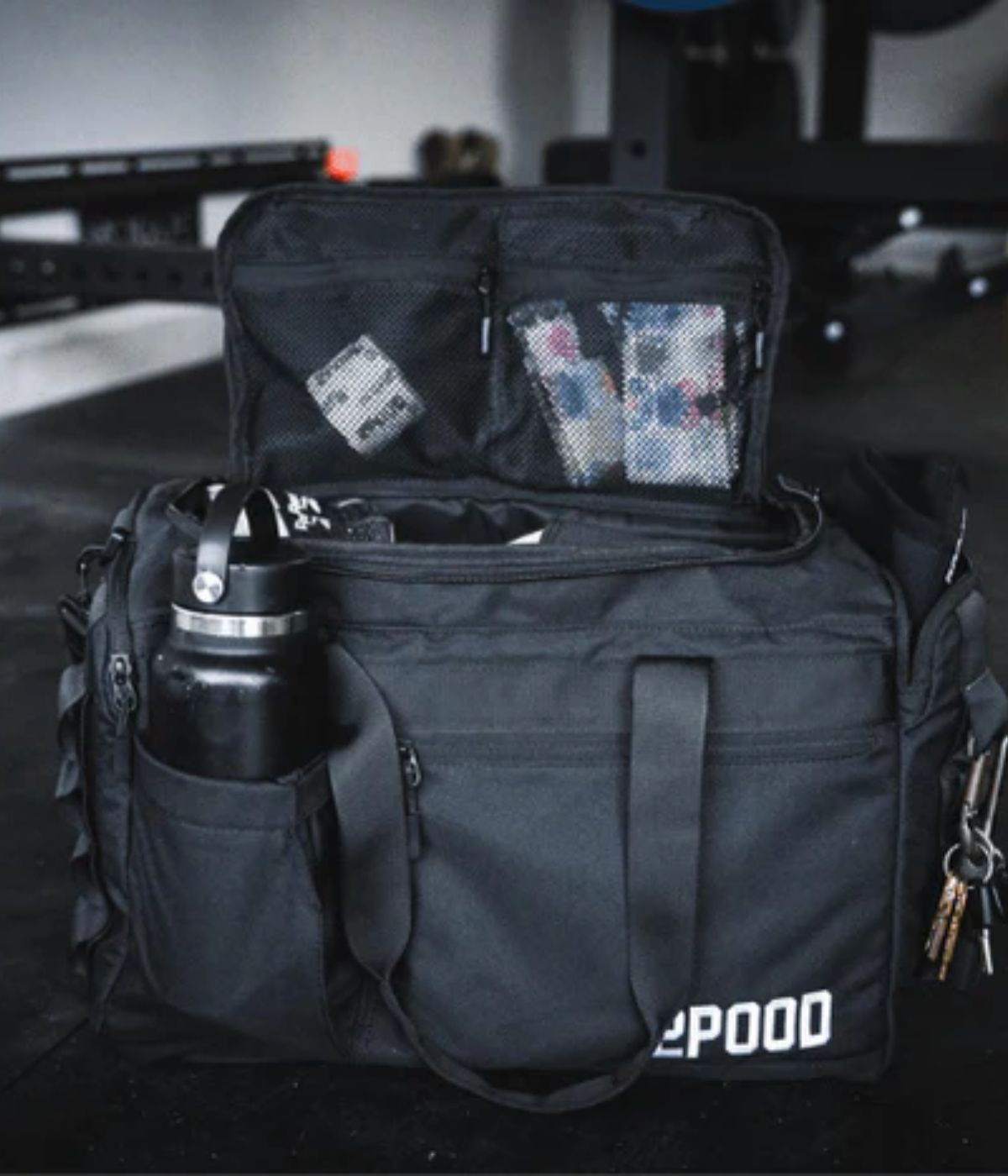
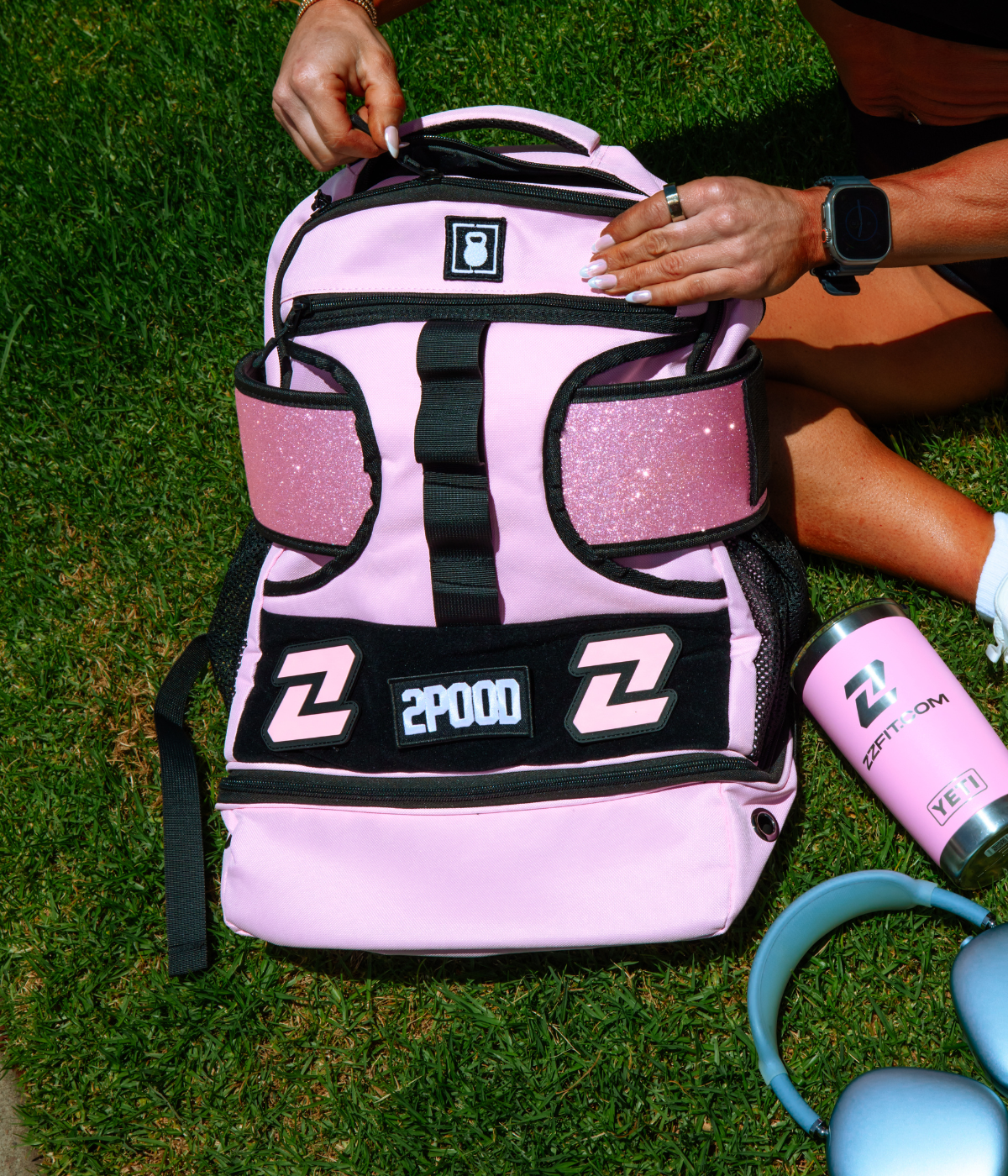
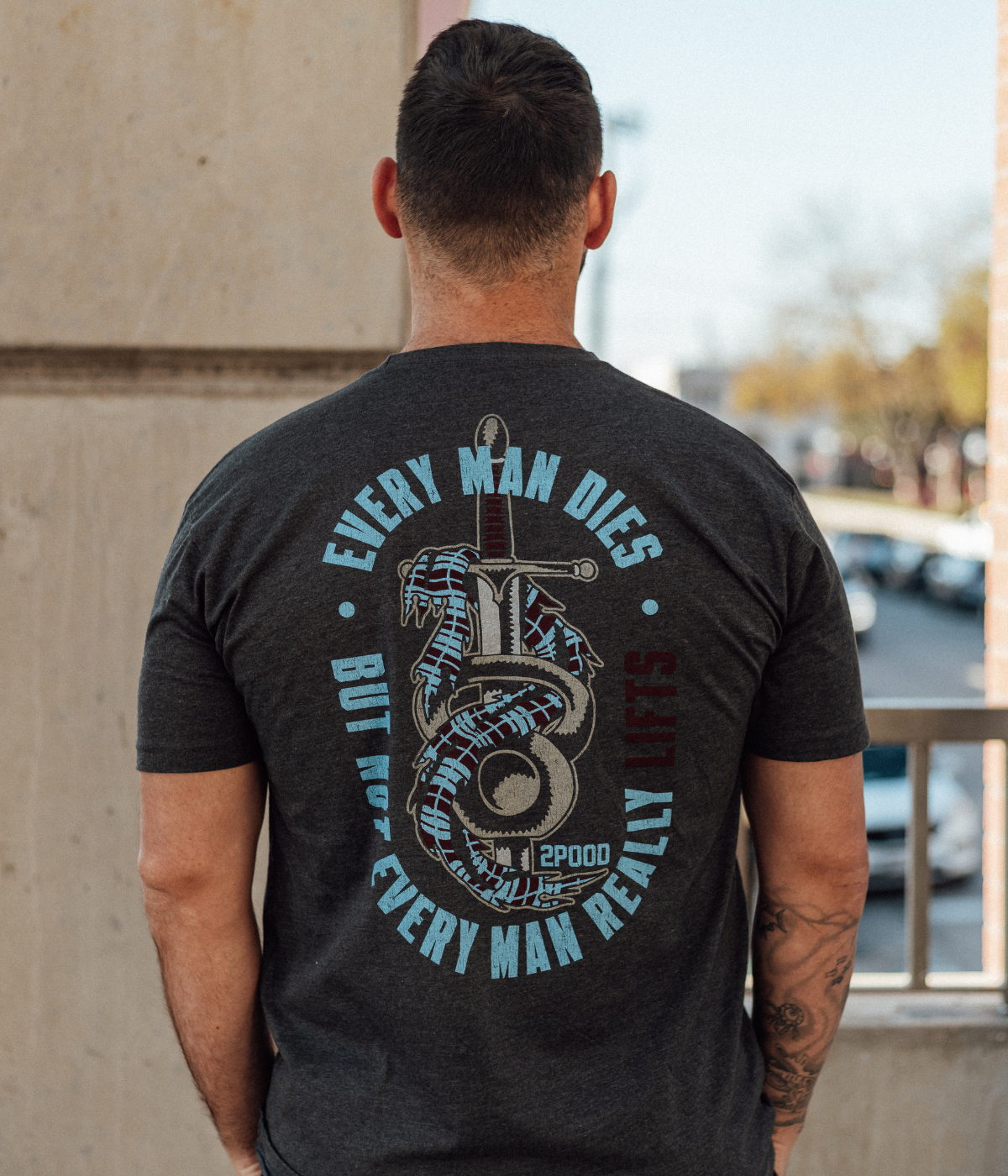

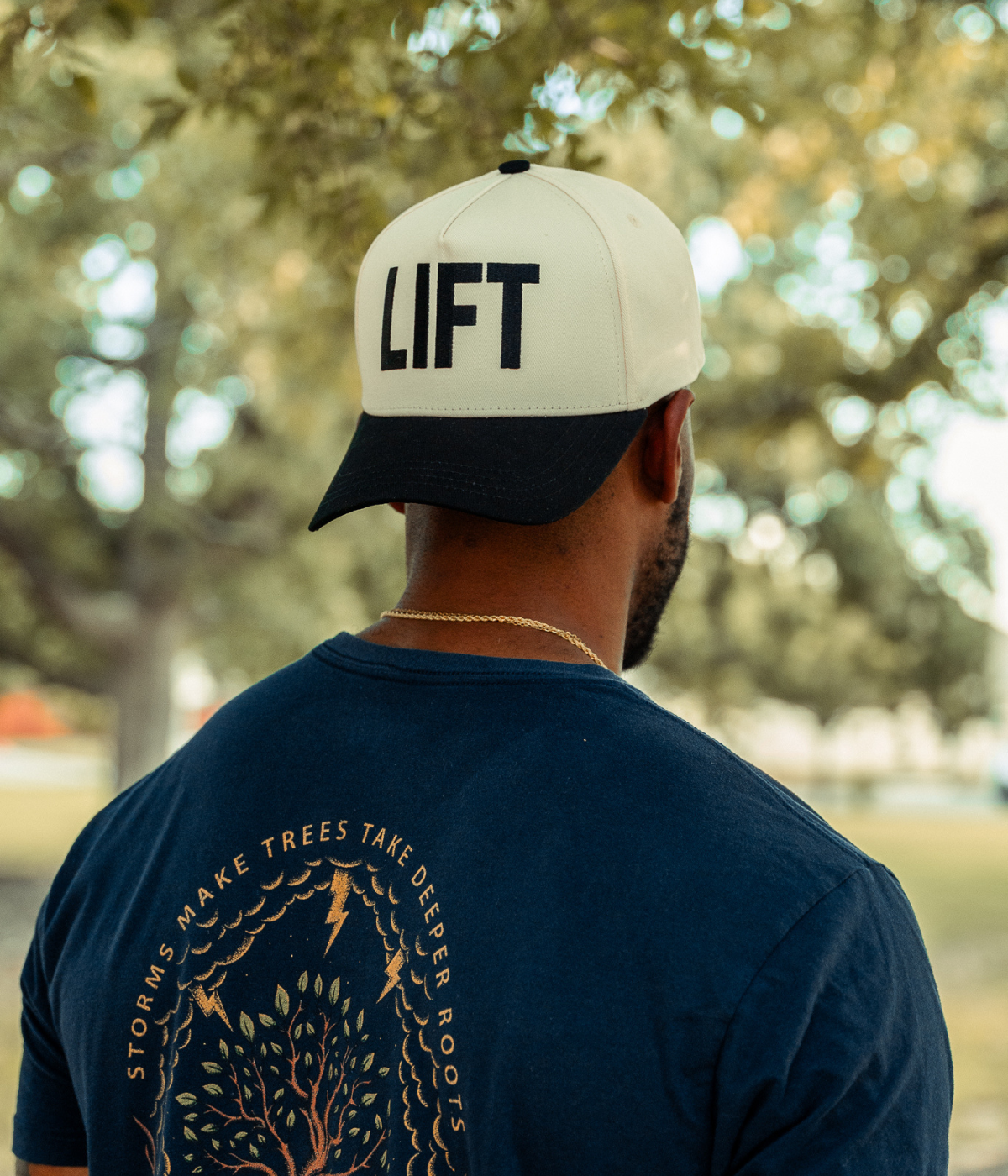
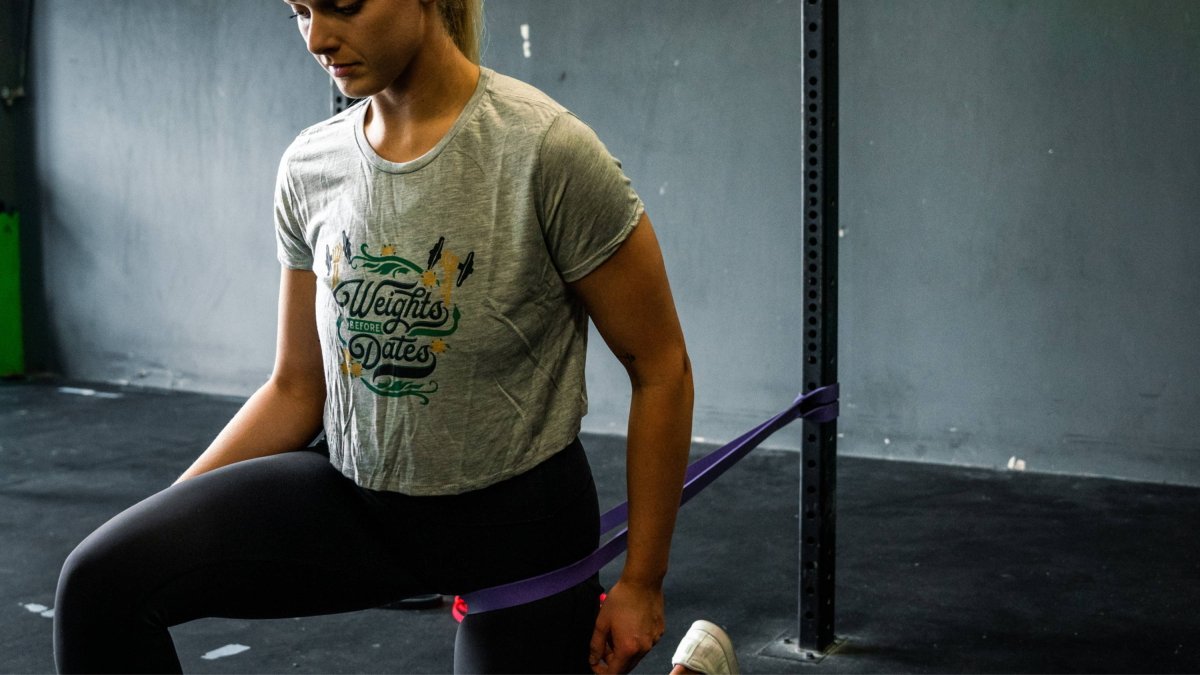
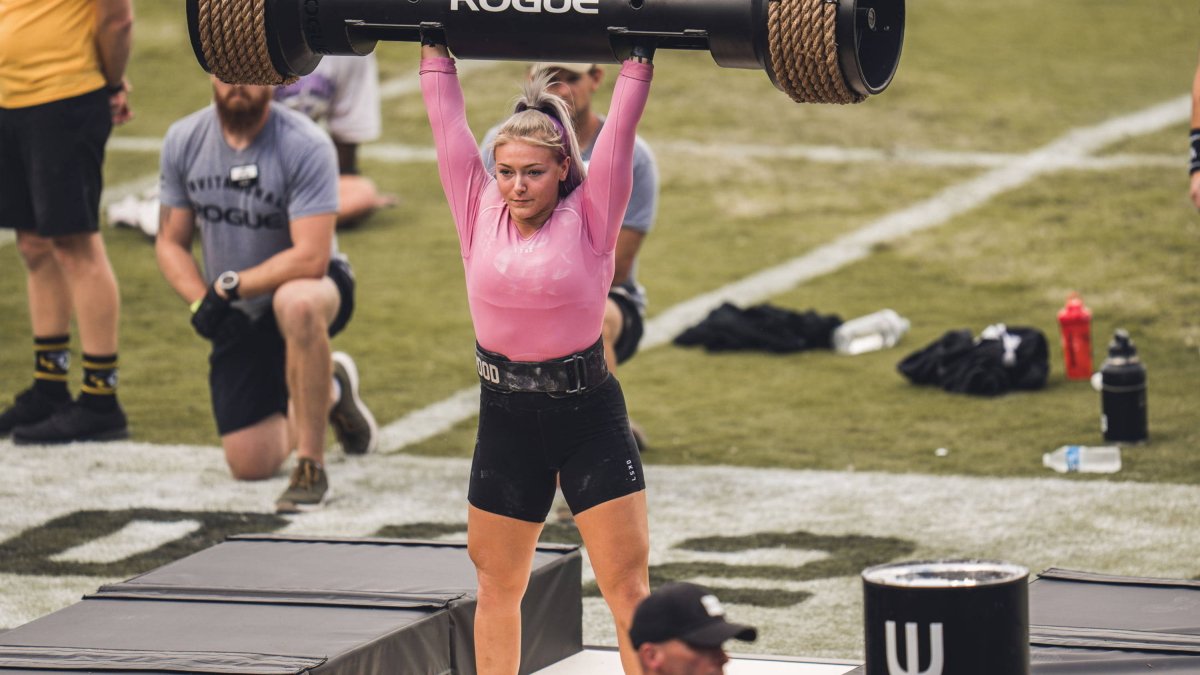
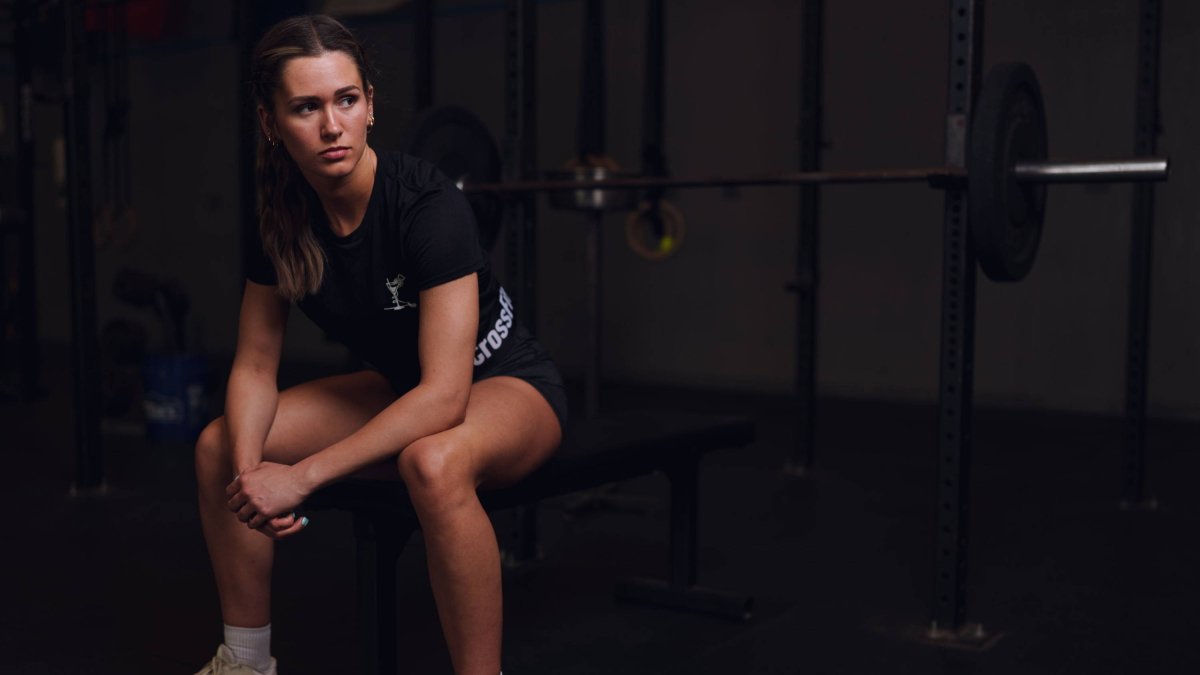
Leave a comment
All comments are moderated before being published.
This site is protected by hCaptcha and the hCaptcha Privacy Policy and Terms of Service apply.